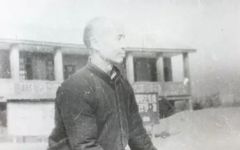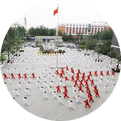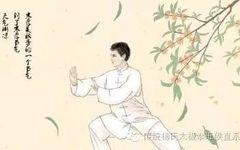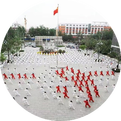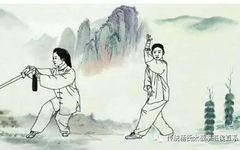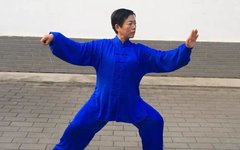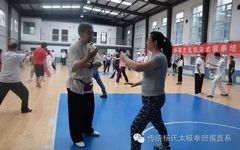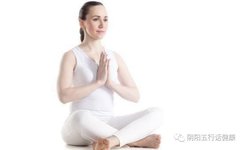Essentials of Taijiquan Philosophy
Taijiquan Philosophy Basic Methods: Taijiquan employs basic methods such as “peng, lu, ji, an, zhong, elbow, kao, jin, tui, gu, pan, ding”. The movements are slow and smooth, requiring the practitioner to maintain a straight back, relaxed jaw, and upright posture, embodying a sense of floating like clouds. At the same time, Taijiquan places great … Read more

